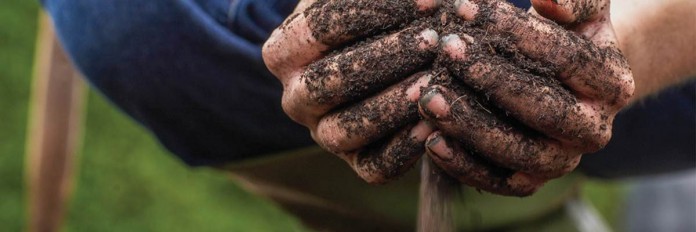My son and I were walking up our driveway from the bus the other day and we could hear several “clucking” noises in the woods.
“What’s that noise?” he asked, and I answered that it was chipmunks.
That led to the discussion of why they make it. I have heard chipmunks “chipping” my whole life but never really took to time to learn why.
So after some extensive research (“OK Google”) we found out that researchers believe chipmunks make that noise as a warning call to their buddies when there’s an aerial threat (a hawk, for instance).
Seems to me a better idea would be to hide instead of making a noise that predators can hear, but hey, I’m not a chipmunk.
Interesting facts
Anyway, as part of our research, some interesting facts jumped out at me.
Chipmunks eat various types of seeds as well as fungus, helping to spread the mycorrhizal fungi that live around tree roots and are critical to tree survival.
Chipmunks also spread the seeds of trees and other plants. What are the odds that chipmunks remember where they have stored all of those seeds for food?
They are bound to forget some, which sprout and grow into the understory. Chipmunks aren’t very choosey about what they eat. Along with seeds and fungi they eat grain, fruit, nuts, insects, worms, bird eggs and even nestling birds and baby mice.
They probably don’t hunt for eggs and hatchlings, just eat them when they find them. I never thought of Alvin and the gang as carnivores, so this really surprised me.
So why am I writing about chipmunks, when this is a column about conservation?
Learning a little bit about chipmunks reminded me of the “Web of Life,” an educational activity from Project Learning Tree that our district and many others present in classrooms across the state and beyond.
Students use string to connect organisms within a forest ecosystem to each other by determining what that organism eats, what eats it, or what it needs to survive.
Understanding organisms
Ultimately, the group ends up with a big spider web connecting all the organisms together. We talk about removing one of the organisms that doesn’t seem important, and see what happens.
Then we discuss what other organisms were affected when it was taken out of the web and the interdependence of an ecosystem. Take out the chipmunks, for instance.
The trees will suffer, but maybe more birds will hatch. But with less trees, can more birds actually survive?
These start great discussions that get students (and adults) thinking. In our classroom programs, we always start our web with soil, that unsung hero of the natural resources world, to drive home the point that all ecosystems are dependent upon it.
Civilizations rise and fall based on the productivity of soils. Your local soil and water conservation district is dedicated to healthy soils and clean water.
Contact us to learn about soil conservation practices you can implement on your farm or property, or ask about an educational program.
Soils make our lives — and the world around us-possible every day.













